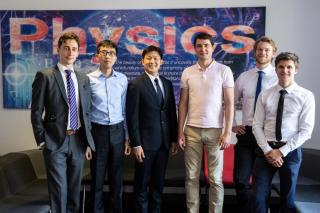
|
|
Director's Message
Dear Colleagues,
I hope you had a great weekend. My congratulations to our latest research graduates, both Honours and PhD students, who were celebrated last week. All the very best in your careers and we look forward to seeing you again. Please do keep in touch. The above pic shows Daniel Higginbottom (DQS Kai Wang (NLPC) Inseok Yang (EME) Andrei Komar (NLPC) Alexander Bennet (CPF) David McManus (DQS).
This morning you will have seen a School-wide email announcing the formal establishment of the Centre for Gravitational Astrophysics (CGA), positioned to be the leading Australian activity in this exciting and rapidly growing field. Attracting a special allocation of NIG due to its merit, this Centre represents a strategic union with the Research School of Astronomy and Astrophysics (RSAA) and I have no doubt be the forerunner for other internal ANU “Centres of Excellence”. I would like to personally thank the RSAA Director, Professor Matthew Colless, the inaugural CGA Director, Professor David McClelland, Professors Susan Scott and Christian Wolf (RSAA) for their incredible efforts in developing this vision. We are indebted to Nancy Richardson, the College of Science Executive Officer for coordinating the massive process to establish this joint-School Centre. Thank you, Nancy.
Over the past fortnight we have hosted significant workplace inspections from ARPANSA and Comcare. A large number of you contributed in preparation for these important reviews of workplace safety. I am hugely grateful to everyone involved and I can report that the inspectors were highly encouraging of our safety mindedness. As always, there are some areas for improvement and I am pleased to have these topics identified.
At the last School Forum, Professor Elena Ostrovskaya, refreshed the discussion around raising working parties following up from the School Review. Over the next few months the four Associate Directors will be drafting Terms of Reference, identifying co-chairs and assembling their working parties. While the process won’t kick off in earnest until after ARC grants, I invite you to speak with the Associate Directors about your interest in joining their groups. Elena’s notes are on the School intranet.
Have good week,
Tim |
|
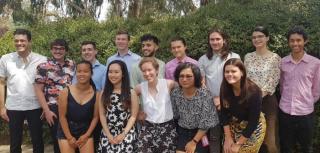
|
|
2019 Physics Honours Graduands
Top row: Emlyn Graham, Joshua Doak, Timothy Hume, Daniel Lawson, Zain Mehdi, Matthew Goh, Samuel Thompson, Sacha Mann, Nelson Towler Bottom row: Janet Zhong, Marika Niihori, Antogonie Bradshaw, Zoe Cheong, Sonja Panjkov |
|
|
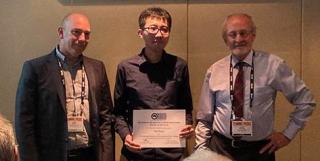
|
Congratulations to Kai Wang, (NLPC), who won two prizes from the Australian Optical Society (AOS). The AOS Postgraduate Student Prize and the AOS Warsash Science Communication Prize in Optics. Kai received the awards during the ANZCOP - Australian and New Zealand Conference on Optics and Photonics in Melbourne on 10 December 2019. |
|
|
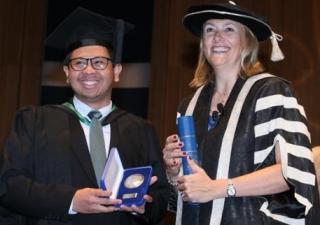
|
Congratulations to Hilman Fathoni (ECI) on his university medal. Hilman’s award winning research explored off-grid renewables development in rural and remote areas of Indonesia. » read more
|
|
|
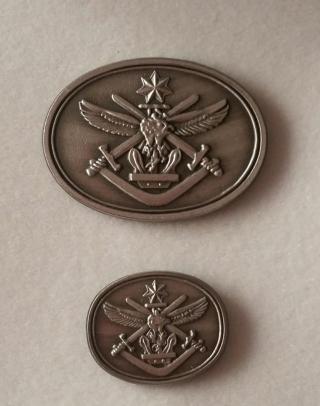
|
Congratulations to Dr Marcus Doherty, Education Officer in the Australian War College and Senior Fellow in Laser Physics on his Silver Commendation from the Australian Defence Force. » read more
|
|

|
|
Biases exclude many people from STEM education and employment, and devalue their contributions. Most studies focus on bias against women. Few data sets offer enough generalisability or statistical power to evaluate the representation of minority ethnic and racial groups, or to examine intersectionality. Researchers from the American Geophysical Union present such a data set in a recent Nature article. » read more
|
|
|
|
|
|
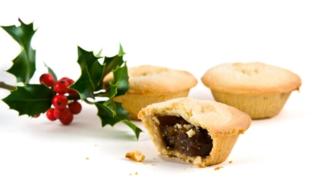
|
|
Last 2019 morning tea
Please join us in the Oliphant or DQS tearoom on Friday 20th December @ 10:30 for fruit mince pies. |
|
|
Distinguished Lecture
17 December
Professor Michael J. Gordon
Supersonic plasma jets and nanoscale nitride light emitters
» read more |
|
University Monitoring System
ANU has been selected as one of eight higher education institutions to participate in monitoring of published material that is copied for the teaching or administrative purposes in 2019/20. The monitoring period is scheduled for Monday, 16 December 2019 through to Sunday, 8 March 2020 (12 weeks).
All photocopied material (not printing) must be recorded in the folders available at the printers located at RSPhys reception, upstairs RSPhys printing room and DQS tea room. Signs and instructions will be displayed at the printers from the 16th December. |

|
|
Directors Office
Tim Senden will be on leave from 2 -31 Jan. The acting Director is still to be determined.
DQS
John Close will be in leave 1-29 Jan, Ben Buchler will be acting HoD during this period.
EME
Patrick Kluth will be away 12 Dec-12 Jan, Hoe Tan will be acting HoD during this period.
NP
Andrew Stuchbery will be away 23 Dec- 2 Feb. The acting HoD is still to be decided. |
|
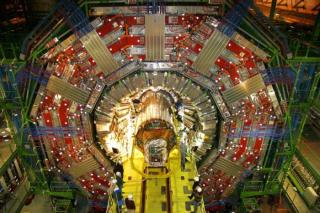
|
|
The X17 factor: a particle new to physics might solve the dark matter mystery
A team of scientists in Hungary recently published a paper that hints at the existence of a previously unknown subatomic particle. The team first reported finding traces of the particle in 2016, and they now report more traces in a different experiment. These new results were presented at the HIAS 2019 symposium at the Australian National University in Canberra. » read more
|
|
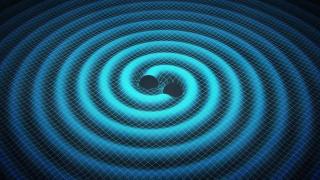
|
|
Resources
A quantum leap that’s been decades in the making - the method of 'Squeezing'
Exciting results are announced on the CGP's role in improving the sensitivity of the LIGO detectors. The results of implementing the technique of 'squeezing' in the LIGO detectors are published in the prestigious journal of Physical Review Letters. » read more
|
|
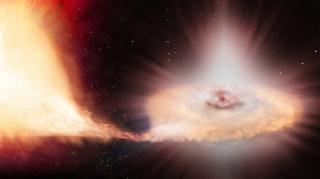
|
|
Things go pear-shaped when you split the atom
Researchers from Australia and Japan have discovered that when atoms split, in the process known as nuclear fission, the nuclei break into pieces the shape of pears: rounded at one end and elongated into a neck at the other. » read more
|
|
|
|